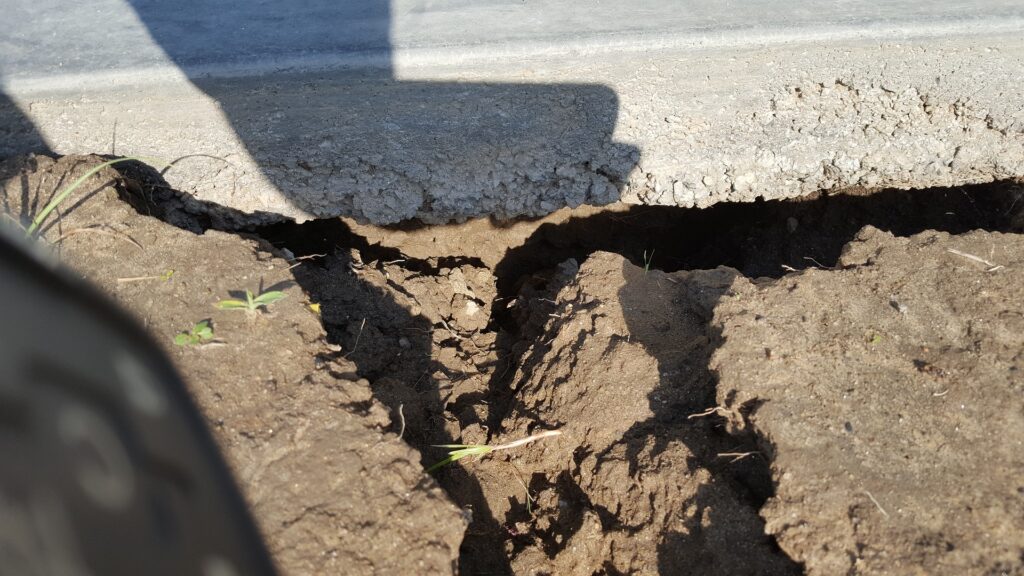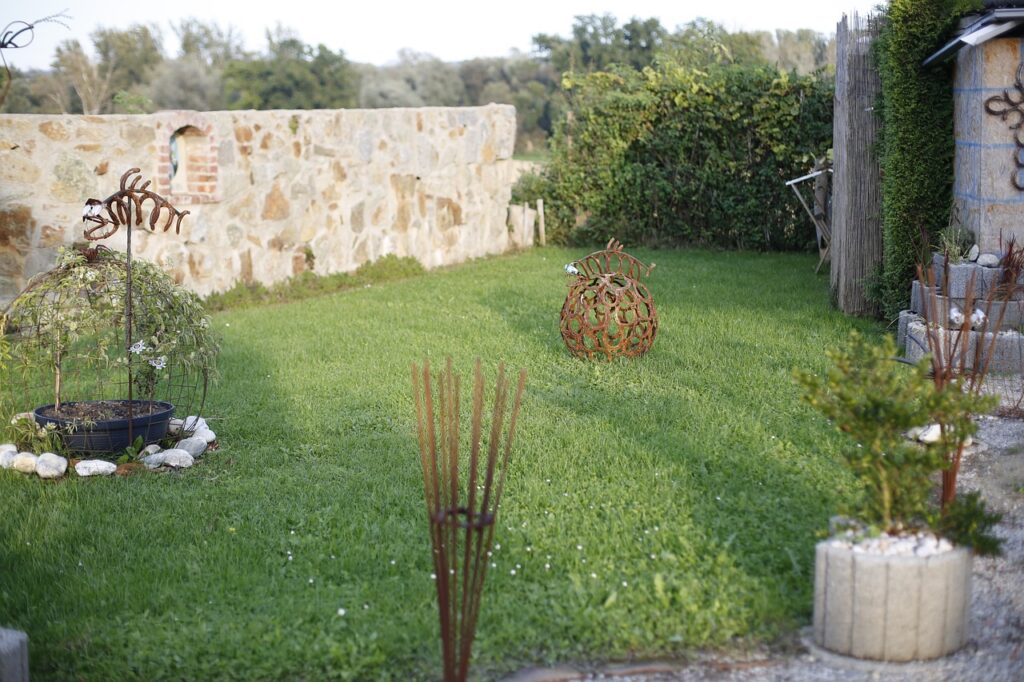If you ask someone what they know about termites, they will likely mention dilapidated homes, warm climates, and visible wood damage. It isn’t surprising as these and other characteristics are commonly associated with these destructive pests. But are these beliefs grounded in reality? Are termites truly limited to old structures? Do they only target wood? These are just some of the questions we will address as we delve into the world of termite myths. By breaking down the truth of certain termite myths, we aim to dispel the rumors, fears, and misinformation surrounding termites. So, let us dive in and debunk some of the most common termite myths.
Myth 1: Termites Only Infest Wood
While termites are notorious for their ability to damage wooden structures, it is a myth that they only infest wood. While wood is their primary target, termites can also attack other cellulose-containing materials such as paper, cardboard, and certain fabrics. Plus, they can fit through small cracks and crevices to reach non-cellulosic materials like insulation or plastic pipes. This versatility allows them to cause significant damage in homes, regardless of the materials used in construction.

Myth 2: Concrete Slabs and Brick Homes Are Termite-proof
Termites are remarkably resourceful pests. The myth that concrete slabs and brick homes are termite-proof stems from the belief that termites cannot penetrate these materials. However, termites can slip through tiny gaps or cracks in concrete and brickwork, finding their way to the wood inside. They can also build mud tubes along the exterior of the foundation, bypassing the concrete altogether. Therefore, it is essential to take preventive measures, such as regular inspections and barrier treatments, even for homes made primarily of concrete or brick.

Myth 3: Once Treated, Termites Will Never Return
Treating an infestation is a critical step in termite control, but it does not guarantee that termites will never return. Termite treatments aim to eliminate the existing colony and create a barrier to deter future infestations. However, new termite colonies can establish themselves in the vicinity, and untreated areas of the property remain vulnerable. Plus, if the initial treatment was not comprehensive or if you neglect ongoing maintenance, the termites can reinfest the treated structure. Regular inspections, continued maintenance, and implementing protective measures are a must to minimize the risk of termite reinfestation.
Myth 4: Termites Are Only Active in Spring and Summer
While it is true that termites are more active during warmer months, it is not only during this period. Even though different termite species exhibit distinct behaviors, termites typically remain active year-round. Subterranean termites, the most common type, can remain active even in cooler temperatures by constructing mud tubes to protect themselves from harsh conditions. Drywood termites, on the other hand, do not require contact with soil and can infest structures at any time. Therefore, it is crucial to remain vigilant and maintain termite prevention measures throughout the year.
Myth 5: Termites in or Around Your Yard Are OK to Ignore
Spotting termites in or around your yard should never be ignored, as it can be an early sign of a more severe infestation. Termites in the yard indicate the presence of a nearby colony, and if left untreated, they can easily migrate into your home or other structures. Ignoring the issue can lead to dangerous structural damage and expensive repairs. Do not take any chances- take immediate action and contact a professional pest control service to assess the situation. They will help you identify the extent of the infestation and implement effective termite control measures to protect your property. Early intervention is imperative in preventing severe termite damage.

Are You Convinced?
So, there you have it – the truth behind these five common termite myths. Stay informed, stay proactive, and don’t let these misconceptions lead you astray. When it comes to termite prevention and treatment, it’s always best to seek guidance from a professional. They can provide accurate information and offer efficient solutions for protecting your property. Be in the know, take action, and keep those termites at bay!
Click here to find one of our distributors to purchase MABI injectors.
Have other questions or want to become a MABI distributor? Contact us!